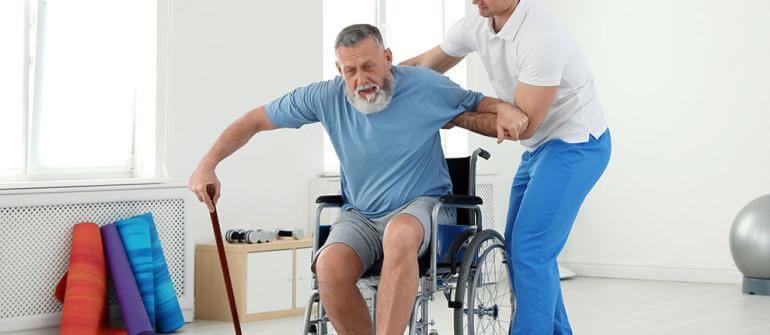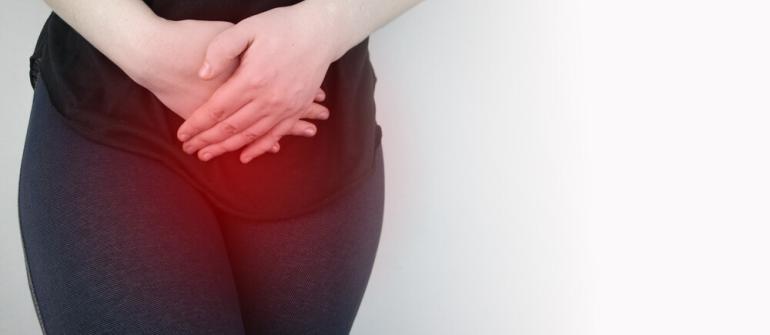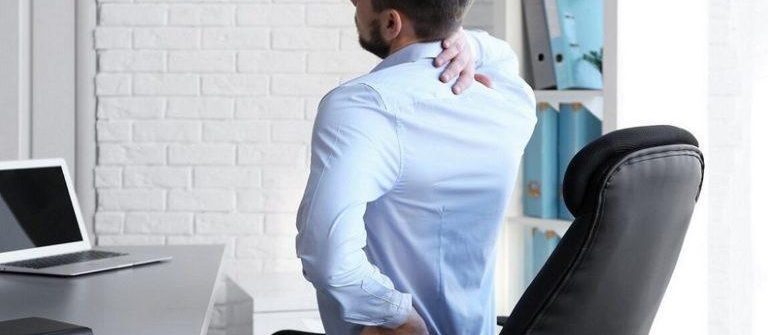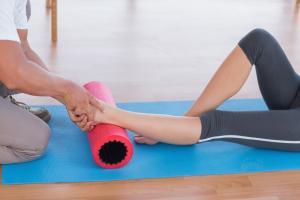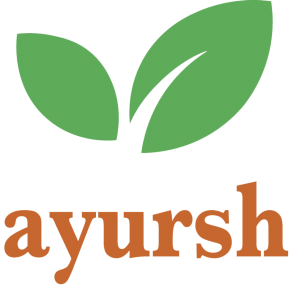Stroke is the largest single cause of severe physical disability. Stroke occurs when blood supply to parts of the brain is interrupted. This deprives your brain of oxygen and nutrients which can cause your brain cells to die. At Ayursh, we offer specialized physical therapy for stroke patients at home. But before you look at that, let us take a look at strokes in general.
There are different types of strokes. Most common one is called as Transient Ischemic Attack (TIA) which is also referred to as mini stroke which goes unnoticed many a times because of it’s asymptomatic attack, but it should be considered as a medical emergency. It serves as a warning sign for future stroke indicating that there is a partially blocked artery or clot source in the heart. The second most common is called Hemorrhagic stroke – rupturing of weakened blood vessels that bleeds into brain tissue. Last one is called Ischemic Stroke in which the blood clot stops the flow of the blood to part of the brain.
WHAT ARE THE WARNING SIGNS?
1. Weakness
2. Trouble Speaking
3. Vision Loss
4. Giddiness
5. Headache
6. Lack of Coordination
When a CVA (cerebrovascular attack) occurs, nerve cells in the affected area of the CNS (central nervous system) can’t function due to lack of oxygen. Surrounding tissues can be affected by an increase in swelling of the area. The spinal cord and brain are contained in rigid bones so swelling is constricted. Therefore, pressure within the CNS will compress soft nerve tissue.
Spinal cord CVA will result in complete (-plegia) or incomplete (-paresis) paralysis on both sides of the body depending on the level of injury in the spinal cord. Tetraplegia or tetraparesis (quadriplegia) involves the body and all four limbs. Paraplegia or paraparesis involves the lower part of the body. Effects of a spinal cord stroke can include alteration in mobility and function.
Brain CVA can affect the entire body, including paralysis or paresis (partial paralysis), cognitive and memory deficits, speech and visual issues, emotional difficulties, daily living challenges, and pain. Paralysis is a common outcome of stroke, often on one side of the body (hemiplegia). Paralysis may affect only the face, an arm or a leg, but most often, one entire side of the body and face is affected. A person who suffers a stroke in the left hemisphere (side) of the brain will show right-sided paralysis, or paresis. Likewise, a person with a stroke in the right hemisphere (side) will show deficits on the left side of the body.
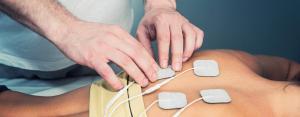
TREATMENT AND RECOVERY
Stroke prevention measures should be undertaken to reduce your risk of both a spine or brain attack. This includes the main three preventions; diet, exercise and smoking cessation. Medication can also help reduce stroke risk.
Stroke rehabilitation should begin during the patient’s hospital admission. In most cases, physical therapy for stroke patients is recommended. Obviously, the degree of recovery is impacted by the age of the patient, severity of the attack, medical condition of the patient, motivation of the patient and family members.
HOW AYURSH HELPS IN POST STROKE CASES
We are one of the leading providers of physical therapy for stroke patients. Ayursh-Neuro physiotherapy is an individual centre that uses meaningful activities across the spectrum of physical and mental domains to reduce limitations after stroke. Rehabilitation is based on the concept of brain plasticity, which implies that it is possible to modulate or facilitate cerebral reorganization by external inputs. Rehabilitation activities are specifically geared to promote this re-education process and encourage the development of lost skills while accommodating for specific physical, cognitive or affective impairments. Principles of motor, sensory, cognitive and affective rehabilitation are incorporated into task-specific activities. The patient’s rehab program will be planned according to their environments for a successful recovery.
AYURSH REHABILITATION PROGRAMS
The goal in rehabilitation is to improve function so that an individual can become as independent as possible. This must be accomplished in a way that preserves dignity while motivating the individual to relearn basic skills such as eating, dressing and walking. Rehabilitation builds strength, capability, and confidence so a person can continue daily activities despite the effects of stroke.
Activities May Include The Following:
– Self-care skills such as feeding, grooming, bathing and dressing
– Mobility skills such as transferring, walking, or moving a wheelchair
– Communication skills; cognitive skills such as memory or problem-solving
– Social skills for interacting with other people
– Constraint induced therapy
– Functional electrical stimulation
– Partial weight supported walking
– Activity based exercise
– Music therapy
– Mirror therapy
Recovery from a stroke can take time. The return of function may look to be slow but the recovery rate continues to improve gradually.
It is a myth that the central nervous system does not attempt to recover. It is a myth that the nerve cells you are born with are the only ones you will have! But, in reality, the nervous system is capable of great improvement. It wants to repair itself and restore function through a process called plasticity. New nerve cells are being developed throughout your life. Keeping up with regular home exercises and getting routine physical therapy at home will help in faster recovery of stroke patients.
